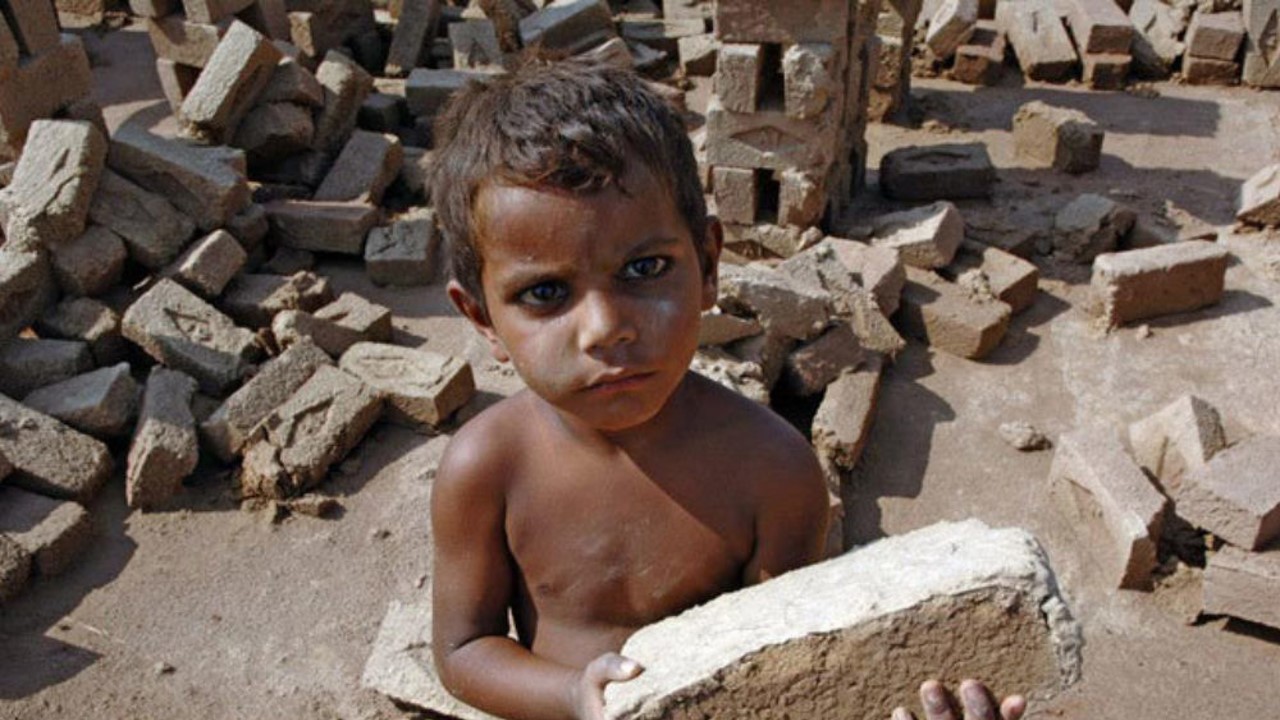
The public debt around the world has been at the highest level in recent years while growth is screeching to just tepid levels in many countries.
The scenario is not limited to any one part of the world, and the may challenges that countries face look the same. But each country has different levels of development and resources available to it.
Economist agree that the best way to utilize the high debt would obviously be to step up growth.
But the question is to rationalize development priorities.
In South Asia, Pakistan – despite development in some areas – has faced this question for long.
Pakistan, in particular, in recent years has seen its debt soar to unprecedented level, despite claims by political governments to shun that path.
What makes middle sized countries like Pakistan unable to cope with socioeconomic challenges?
Why these nations can’t jump on the trajectory of high growth.
According to a recent report of International Monetary Fund (IMF), it is the high debt that hampers countries’ response to a fast-changing global economy.
Even now, Pakistan is facing a severe balance of payment crisis, and is negotiating with IMF to fix the challenge of depleting foreign exchange reserves.
The PM Imran Khan-led PTI government faces a huge test in this regard. Reducing poverty and raising the quality of life are tough calls. The sustainable way seems to be giving people skills to increase productivity and benefit from modern technologies and innovation. That way Pakistan can expand its exports, fix the trade gap and address fiscal deficit.
A recent International Monetary Fund report Fiscal Monitor looks at various ways that might help economies and populations.
Authors of the report say the scenario calls for progress on three fronts – a judicious allocation of spending, creation of more room in the budget, and improvement in the tax policy.
“High debt can handicap policymakers’ ability to increase spending or cut taxes to offset weak economic growth, as creditors may be less willing to finance larger budget deficits. Interest payments on debt also crowd out spending on education, health, and infrastructure, which are all investments that help a country grow for many years to come,” authors of the report wrote in a blog.
In pure economic terms, the recipe for countries with high debt is to “increase revenues or curb excessive spending.”
But on the whole, it is going to be equipping people with better skills and boosting education and healthcare standards, especially in developing countries.
“Yet, these countries should maintain investments in education, health, and infrastructure, either by re-prioritizing spending or broadening the tax base, for example, by removing tax exemptions and improving tax administration.’
The report also advocates that fiscal policy must also look beyond preparing for the next economic downturn.
“The shift in demographics along with new technologies are having a profound impact on economic growth and the distribution of incomes and wealth. These trends also impact public finances.”
For example, the blog says, in advanced economies, whose populations are rapidly aging, we project that age-related public spending, such as pensions and healthcare, will consume a quarter of GDP by 2050.
“Conversely, emerging market and low-income developing economies’ populations are much younger and growing fast. To make progress toward achieving the UN Sustainable Development Goals on infrastructure and public services, these countries will require additional public spending.”
One of the key steps that countries with high debt could take is to “shift spending toward growth-enhancing investment in infrastructure, education, and healthcare, while cutting wasteful spending, such as inefficient energy subsidies.”
For example, gradually removing fuel subsidies, while protecting the most vulnerable, could provide up to 4 percent of global GDP in additional resources for countries to invest in people and growth. Emerging market and low-income developing economies should raise their revenue collection.
Also, the governments will have to deal with corruption.
The report clearly indicates that increase tax collection will not be enough if the governments do not follow policies that improve infrastructure and uplift the people in critical areas of health and education.
Editor Ali Imran contributed to this report.



















